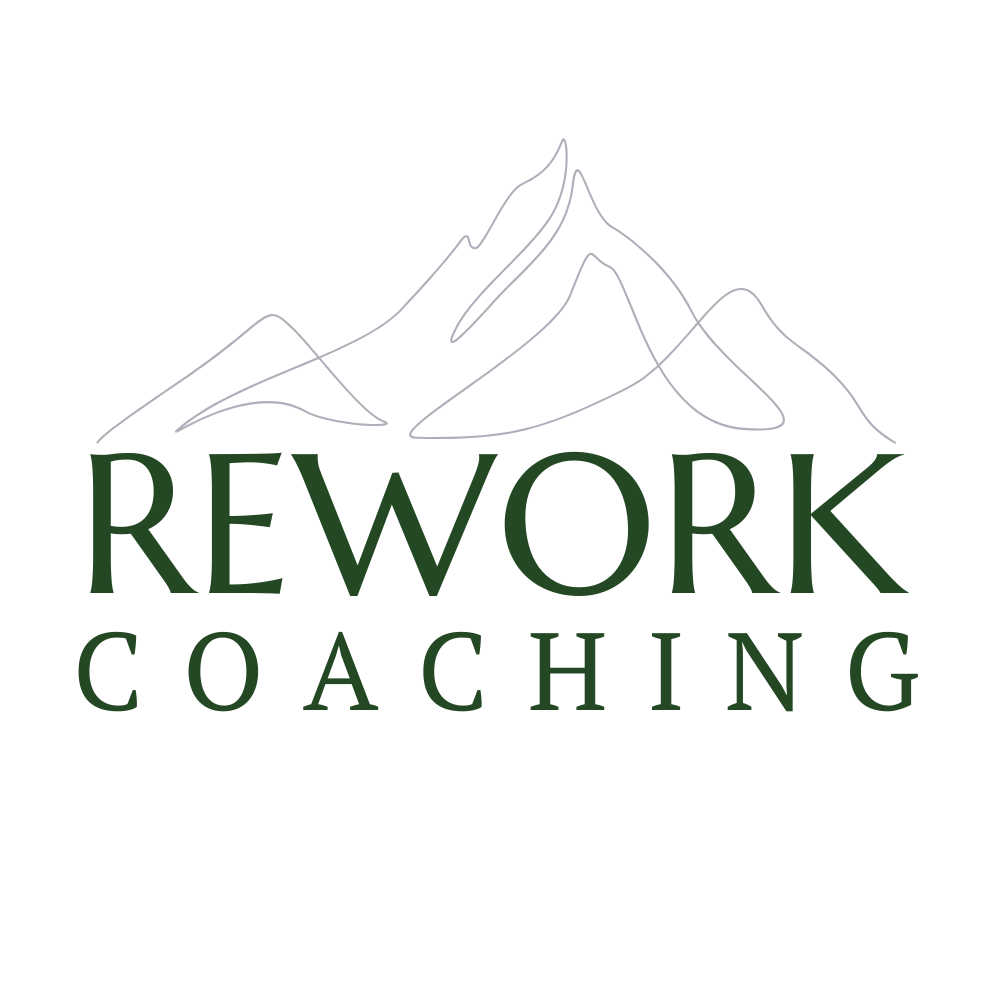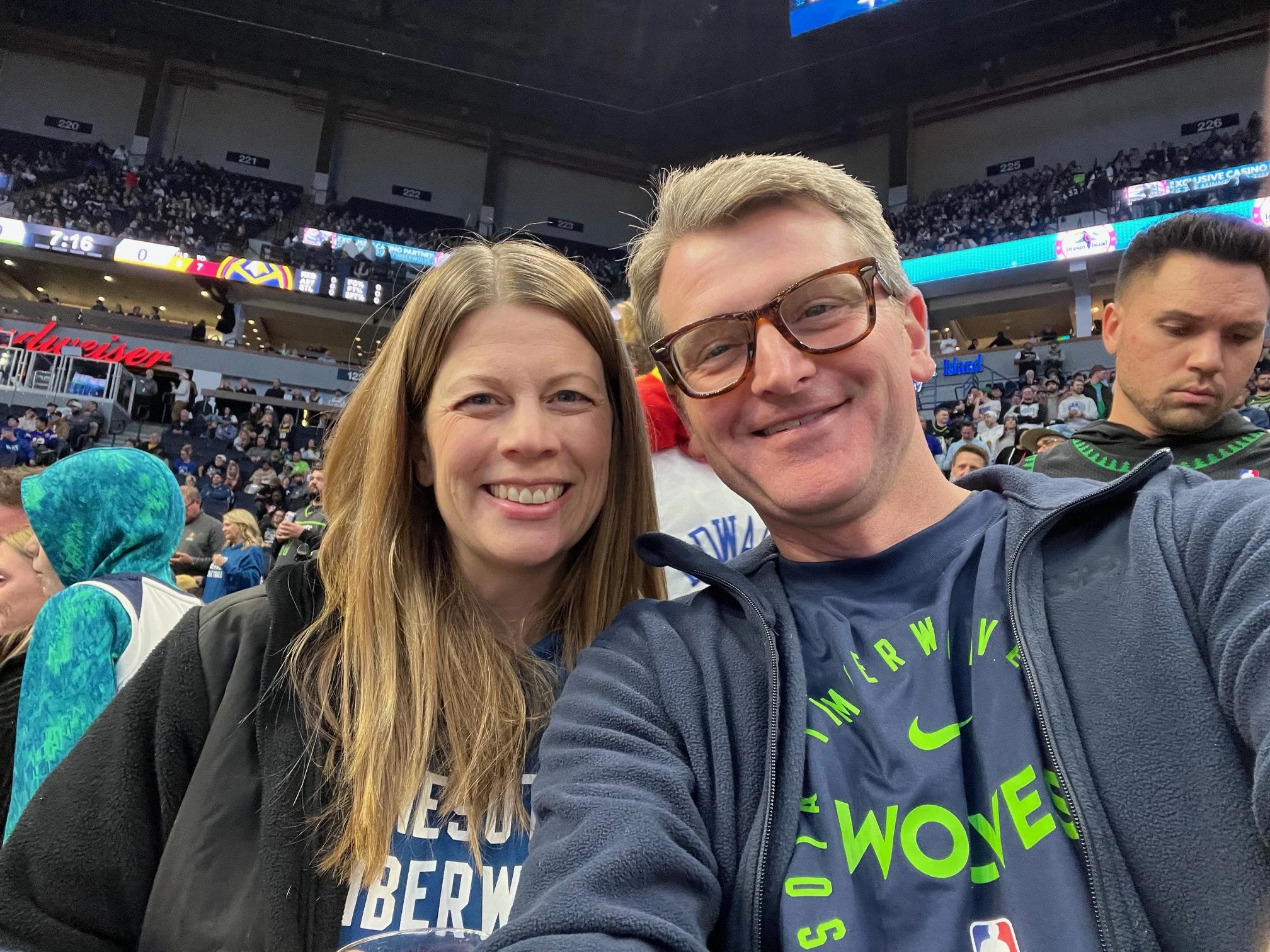What’s Hoops Got To Do With It?
Here I am in 2nd-ish grade. I can tell by the hair that it was in my Dorothy Hamill era, between perms. It was before my season playing basketball with the boys team, and after playing at least one season at the YMCA.
Suffice it to say, my connection with basketball started early
I grew up in what I call a “basketball family.”
My parents have almost always paid attention to basketball—college, professional, and, at least while I was growing up, Roseville Youth Basketball Association (RYBA). That’s where my brother, Tyler, and I both played. My Mom even coached a season or two, served on the RYBA board, and helped Tyler and I get our first jobs as score keepers.
My Dad installed a hoop in the driveway. You could often find us playing a rousing game of PIG or HORSE, if not just shooting or dribbling around. When we weren’t playing, I can remember going to watch the Harlem Globetrotters and the Minnesota Gophers when I was in elementary school. We watched basketball on television—at least some of the time together.
A 4th and 5th grade Tammy was—for reasons I no longer recall—devoted to the Portland Trailblazers in the Clyde-the-Glide Drexler era. He was my favorite player; and for that, I received a Trailblazer hat for Christmas one year that stayed with me for some time. I clearly remember watching the Trailblazers win the NBA championships, my brother and I cheering along.
A very blurry picture of my brother, Tyler, and I with said hat, celebrating the Trailblazer’s NBA Championship in 1990.
I have loads of basketball adjacent family memories. Basketball has been in my life in one way or another for some time.
But my career as a player ended young.
By Junior high, I did not want to play anymore. A younger me was scrappy, and at least a little more willing to get in the mix. Teenage me would cry when I missed shots, and feel personally offended when the other team stole the ball. I both always wanted the ball, and could not handle the pressure of having it. I both craved the spotlight of shot-making, and absolutely did not have the competitiveness in me to, say, grab rebounds for putbacks.
Adult me recognizes the teenager-ness of it all, as well as some common threads of athletic performance psychology. It isn’t easy to cultivate the psychology of a high-performer ever, let alone in your teenage years, and especially when you lack some of the more natural wiring.
So, instead, I was a basketball fan.
In fact, in high school, I was such a committed fan of my high school’s basketball team that I once closed the store I worked at in the mall so I could go to a conference final game. (Somehow, I was not fired for this absolutely wildly out-of-character infraction.)
This basketball fandom was largely driven by an array of crushes on different players on my high school team over the years.
Later in life, I moved on to far less practical crushes in the NBA. Hello, Ricky Rubio, and hello to you, too, Kevin Love. And that’s where fan life lingered for some time: tweeting at NBA players in an era before we knew to tell kids about their digital footprint following them for the rest of their lives.
And then I became—dare I say?—A SUPERFAN
It happened during the Timberwolves 22-23 season. If you’re a fan, you’re probably wondering why that season of that team? It was kind of a troubled season. What on earth endears you to the team during that particular season?
Well, if you’ve been paying any attention to this article, then you can probably make an educated guess.
That’s right, I had another crush.
This time, though, the crush was on my now husband—a Timberwolves fan who watched whenever he could, read about them when a headline caught his eye, went to a game or 3 each season.
Here we are, watching the Wolves beat the Nuggets at home in the 24-25 season.
Let’s be clear: I didn’t become a SUPERFAN for him. Independent woman here, thank you very much!
It was what I learned from my now husband during the 22-23 season that made me tune into the Timberwolves differently.
He told me about the team changes and emerging leadership.
Changes & leadership. There it was: my professional calling card.
In the 22-23 season, he told me about the friction between D’Angelo Russell and Rudy Gobert, and D’Angelo Russell and Coach Finch. (It kind of seemed like D’Angelo Russell had beef with everyone.)
Then, there was the mid-season acquisition of Mike Conley in exchange for a beefin’ D’Angelo Russell. Conley near-immediately ascended into a role as a team leader. He demonstrated leadership traits even a fan could observe from afar:
Connecting with everyone. There are no small parts. You can see him dabbing up security at games, chatting with the score table, talking to the whole team. CONNECTING.
Generating good vibes. Conley is calm, collected, connected, and does this pre-game dance ritual that makes everyone smile.
He knows the game, and can run the show on the court, like he’s conducting a world-class orchestra. It requires trust and the ability to
I also learned about Karl Anthony Towns, and how the Gobert acquisition after the 21-22 season meant that he needed to change his game. There was media speculation that this line up change knocked Towns down a peg or two in terms of his role on the team.
Previously, it was Towns who was seen as the team’s star center. But as of the acquisition of Gobert, his place within the team was at least questionable—especially as Anthony Edwards’ star continued to rise. A case could be made that maybe the Timberwolves were no longer building a team around Towns. Maybe they were shifting energy behind Edwards.
It would be a lot for anyone to mentally and physically adjust to such a change. Everything you’ve ever been as a player to this team? Change it.
But that is exactly what Towns did.
A leadership-development coach’s view of the game
These were all amazing examples of leadership, and I am a leadership development coach. That’s the maraschino cherry on top of my basketball story that made me double down on my attention.
Moreover, these examples were getting at specific influences of leadership I’m interested in. Take for example the mental game required to perform well as a basketball player physically—I knew a little something about that from my own career as a player, and as a person who’s worked her whole life on her mental game.
Or take for example the ripple effect of dropping new or different elements into an interpersonal ecosystem. Isn’t it interesting to see how even small, common changes can gas a team up or let the air out of their tires? A change in rotation. An adjustment to coverage as the other team bring in their bench. The vibe in the air when the crowd is really into it—or, as the case might be, when they aren’t.
Change & handling change…
That’s what I do with leaders.
Suffice it to say, when it comes to basketball, I watch the context of the game as much as the game. Basketball in general—and the Timberwolves specifically—have provided me with a lot of fodder for reflecting on and sharing my craft as a leadership development coach.
Sure, I don’t know what’s really going on with the Timberwolves. I’m not there.
But, like any good fan, I have my theories.
(Plus, I have Anthony Edwards, who’s known for telling it like it is to the press!)




